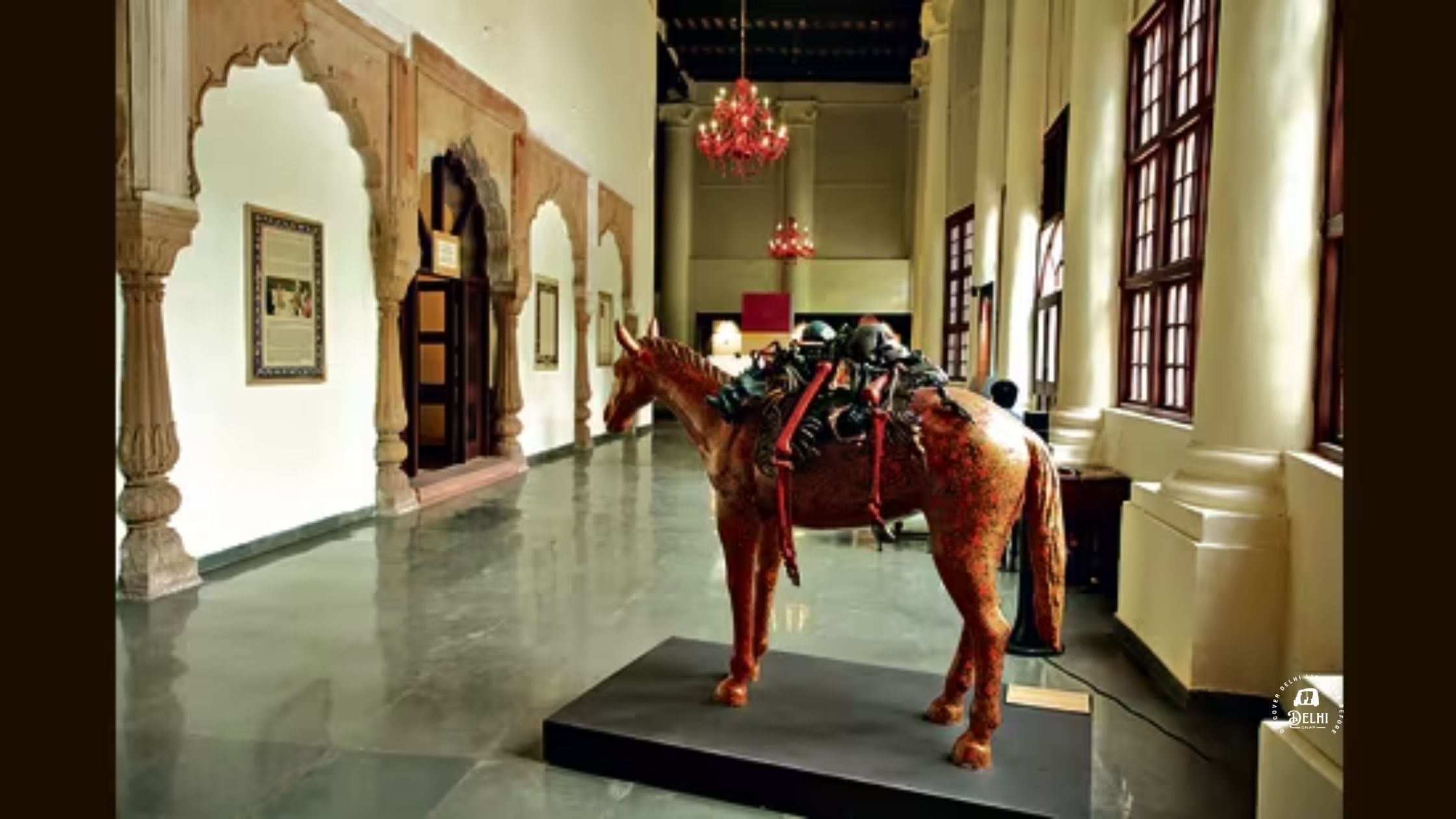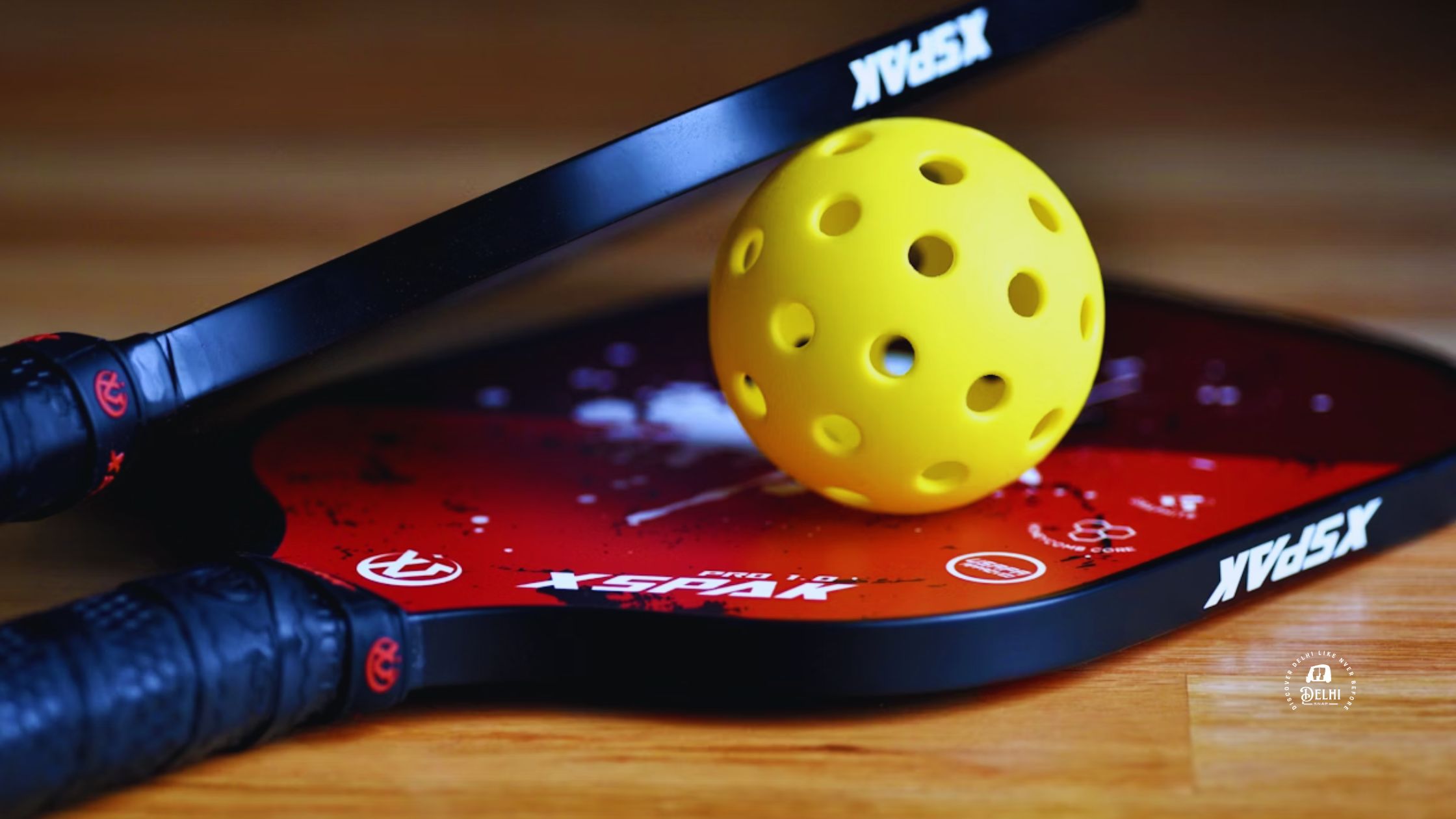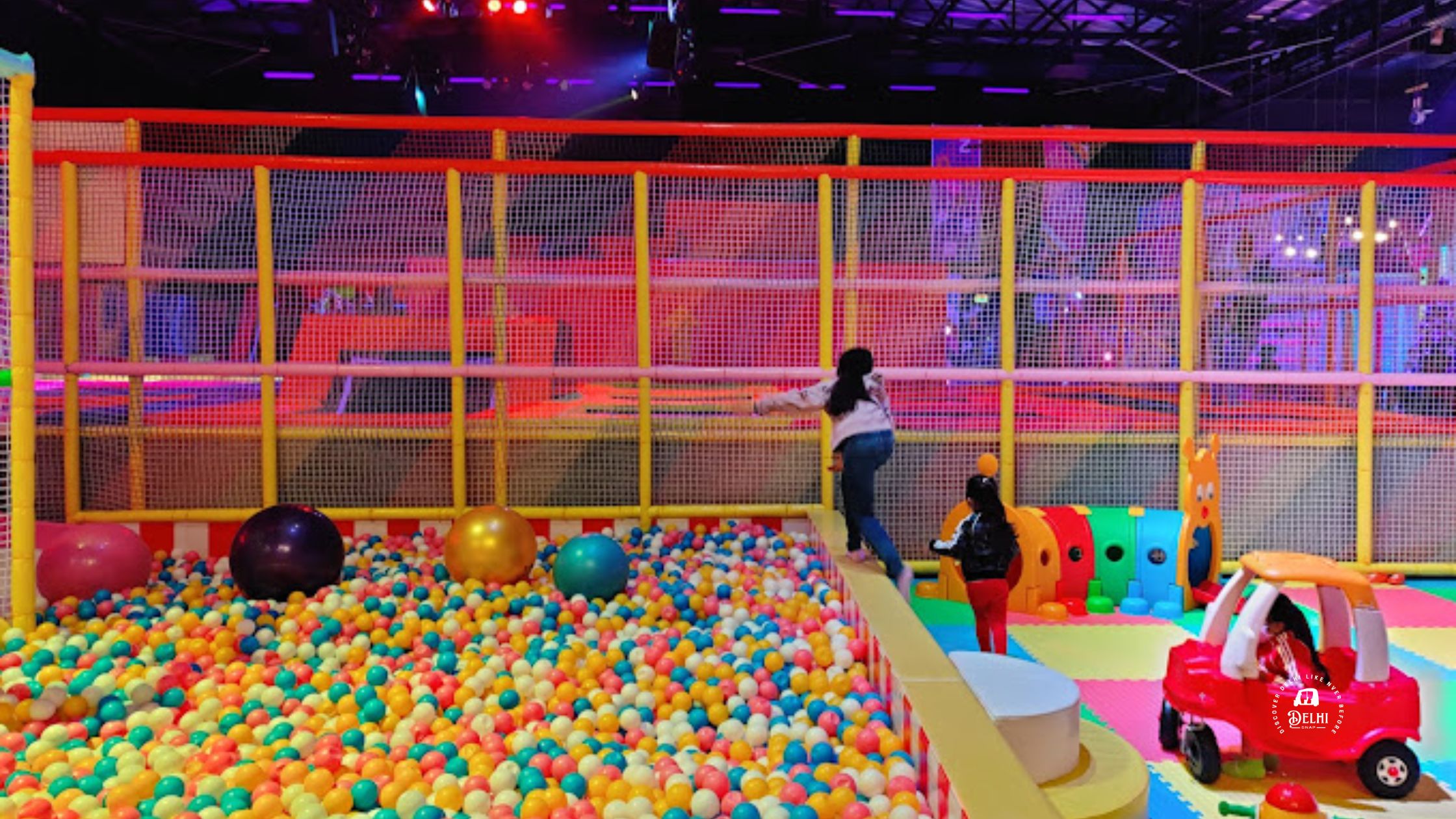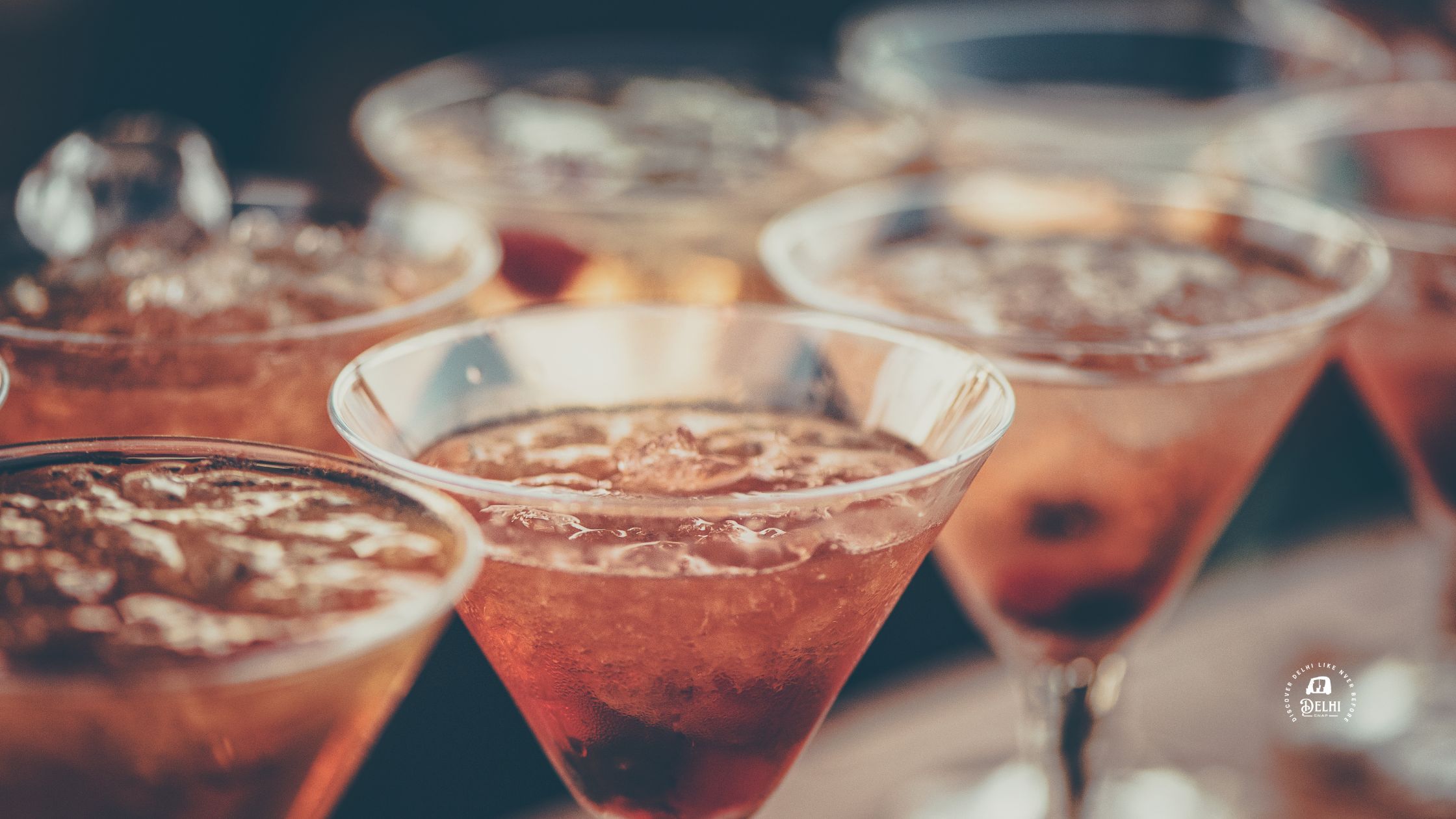Step into the Partition Museum in Delhi, and you’ll find yourself immersed in a captivating journey through one of the most significant events in modern history—the partition of the Indian subcontinent.
The museum, located within the restored Dara Shikoh Library Building on the campus of Ambedkar University at Kashmere Gate, offers visitors a unique opportunity to witness the aftermath of the world’s largest migration.
With its extensive collection of letters, documents, clothes, photographs, and other memorabilia, the museum brings to life the experiences of those who lived through this tumultuous period. Join me as we explore the remarkable exhibits and stories that make the Partition Museum an essential destination for all history enthusiasts and seekers of human connection.
Unveiling the Tragedy:
Galleries of Remembrance As you enter the Partition Museum, prepare to be captivated by its six thoughtfully curated galleries. Each gallery sheds light on a different aspect of the partition and its aftermath.
From the struggles leading up to Independence to the experiences of migration, refuge, and rebuilding, the exhibits serve as windows into the lives of those affected.
Through audio-visual testimonies, photographs, maps, sculptures, and personal belongings, the museum offers a vivid and emotional portrayal of this transformative period in history.
Artistic Expressions:
Symbolism and Impact Even before you step foot into the galleries, the museum’s lobby sets the stage for the powerful narratives that await. Artist Veer Munshi’s thought-provoking installations immediately catch your eye—a papier-mâché sculpture of a horse carrying a load of skeletons symbolizes the trauma and pain of displacement.
An upturned “Fallen House” serves as a poignant reminder of the unsettling nature of migration. These artistic expressions compel visitors to reflect on the deep impact of the partition on individuals and communities.
Faces of Resilience:
Portraits and Testimonies Within the museum’s walls, portraits of Partition witnesses from Old Delhi line the lobby, providing a glimpse into the faces and stories of those who experienced the partition firsthand.
Accompanied by their testimonies, these larger-than-life images depict moments of coexistence, the ravages of violence, and memories of significant events like Jawaharlal Nehru’s historic speech from the Red Fort.
These portraits offer a personal and intimate connection to the past, bridging the gap between generations and preserving the human spirit that endured amidst adversity.
Objects of Memory:
Tracing Personal Journeys As you explore the galleries, you will encounter a myriad of objects that traveled across borders and hold immense significance in the stories of Partition survivors. A bowl and shovel used during the inauguration of Punjabi Bagh in 1959 stand as symbols of resilience and the rebuilding of lives.
A special passport issued in 1955 between India and Pakistan serves as a tangible reminder of the enduring links between the two nations. And a Sitar that traversed from Lahore to Delhi carries with it the memories of a family’s musical heritage.
These objects serve as tangible connections to the past, weaving personal narratives into the larger fabric of history.
Beyond Borders:
Hope and Unity While the Partition Museum reveals the tragic consequences of division, it also highlights stories of hope and courage. The gallery dedicated to hope and unity showcases exhibits gifted by Pakistani residents to the second generation of Partition survivors. It emphasizes the continuation of Indo-Pak ties despite the geographical division.
Notable among these exhibits is “The Cricketer,” a bronze sculpture presented by Jawaharlal Nehru to the Pakistani cricket team, symbolizing goodwill and the shared love for the sport. These artifacts remind us that amidst the scars of the past, the human spirit has the capacity to overcome adversity and forge connections that transcend borders.
A Journey of Reflection and Reconciliation
The Partition Museum not only serves as a repository of historical artifacts but also acts as a catalyst for healing and reconciliation. It provides a platform for dialogue and understanding, encouraging visitors to confront the painful chapters of history and seek avenues for empathy and compassion.
Through its educational programs and community engagement initiatives, the museum fosters a space where conversations can take place, enabling us to learn from the past and work towards a more harmonious future.
Remembering the Partition:
A Call to Action A visit to the Partition Museum is not merely a passive encounter with history; it is a call to action. By immersing ourselves in the stories and artifacts on display, we are compelled to reflect on the consequences of division, intolerance, and hatred.
The museum reminds us of the importance of safeguarding our shared humanity, embracing diversity, and working towards a society where such divisions do not occur again. It serves as a powerful reminder that the choices we make today shape the future we leave behind for generations to come.
Conclusion:
The Partition Museum in Delhi is an extraordinary testament to the resilience of the human spirit and the power of remembrance. Through its collection of letters, documents, clothes, photographs, and other memorabilia, it brings alive the stories of those who experienced the pain and upheaval of the partition.
The museum’s thoughtfully curated galleries, powerful artistic expressions, and personal testimonies create an immersive and emotional experience for visitors. Beyond the artifacts, it serves as a beacon of hope, promoting dialogue, understanding, and reconciliation.
A visit to the Partition Museum is an opportunity to confront the complexities of history, deepen our empathy for others, and reflect on the importance of unity and harmony. It is a journey that invites us to engage with the past, learn from it, and shape a better future.
So, whether you are a history enthusiast, a seeker of human connection, or simply curious about the stories that shaped our world, a visit to the Partition Museum is a must. Prepare to be moved, inspired, and forever changed as you walk through its doors and embark on a profound exploration of our shared history.





This article is a gem! The insights provided are very valuable. For additional information, check out: DISCOVER MORE. Looking forward to the discussion!
I’m so happy to read this. This is the type of manual that needs to be given and not the random misinformation that’s at the other blogs. Appreciate your sharing this greatest doc.
Very clean site, appreciate it for this post.
Hi there, I found your website via Google while looking for a related topic, your web site came up, it looks good. I’ve bookmarked it in my google bookmarks.